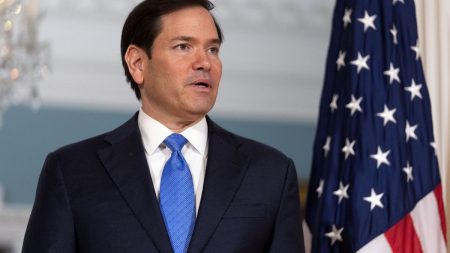Xiaohongshu, also known as RedNote, a Chinese social media platform, has experienced a surge in popularity in the United States, climbing to the top of Apple’s app store. This surge coincides with the looming threat of a TikTok ban in the country, prompting many TikTok creators to seek alternative platforms to continue sharing their content. Many of these creators, self-proclaimed “TikTok refugees,” view RedNote as a viable alternative, explicitly expressing their reluctance to return to Meta-owned platforms like Instagram and Facebook. This migration highlights a growing sentiment among content creators who are seeking platforms that align with their needs and preferences, potentially signaling a shift in the social media landscape.
RedNote, launched in 2013, offers a user experience reminiscent of a blend of Instagram and Pinterest. It boasts a diverse range of interest-based communities, from fashion and beauty to climbing and literature, catering to a broad audience. A significant demographic of RedNote’s 300 million monthly active users are women, comprising nearly 80% of the platform’s user base. This female-centric user base distinguishes RedNote from other social media platforms and presents a unique opportunity for brands and creators targeting this demographic. Furthermore, RedNote integrates social shopping features, positioning itself as a competitor to established e-commerce giants like Alibaba. This integrated shopping experience streamlines the path from content discovery to purchase, offering a potentially lucrative avenue for both creators and businesses.
The platform’s rapid ascent is fueled by the uncertainty surrounding TikTok’s future in the US. The impending ban, slated for potential implementation on January 19th, has driven content creators to explore alternatives preemptively. RedNote’s appeal lies not only in its functionality but also in its distinction from Meta’s platforms. Many TikTok creators have voiced their aversion to returning to Instagram and Facebook, citing concerns that are not explicitly detailed but likely relate to algorithm changes, monetization strategies, and overall platform culture. This resistance to Meta platforms underscores a potential shift in user preference towards platforms that prioritize creator needs and foster a more engaging community experience.
The potential TikTok ban stems from national security concerns raised by the Biden administration regarding ByteDance, TikTok’s Chinese parent company. Legislation passed in April mandates ByteDance to divest its US assets or face a ban. This legal battle has sparked debate about free speech and the potential ramifications of restricting access to popular social media platforms. The Supreme Court is expected to weigh in on the matter on January 19th, adding further suspense to the situation. The timing of this decision, just a day before the presidential inauguration, adds another layer of complexity, leaving the ultimate fate of TikTok in the US uncertain.
While RedNote benefits from the TikTok turmoil, other platforms are also experiencing growth. Lemon8, another ByteDance-owned app with similar features to TikTok, has seen an increase in US users. However, Lemon8’s association with ByteDance puts it in a precarious position, as it too could be affected by the potential ban. This highlights the vulnerability of apps associated with Chinese companies operating in the US market. The situation underscores the geopolitical tensions surrounding technology and data security, which are increasingly influencing the digital landscape.
The exodus of TikTok creators to platforms like RedNote and Lemon8 reflects a broader trend in the social media sphere. Users are becoming increasingly discerning about the platforms they choose, seeking environments that align with their values and offer the best opportunities for content creation and community engagement. The potential TikTok ban serves as a catalyst, accelerating this shift and potentially reshaping the social media landscape. The outcome of the Supreme Court’s decision will undoubtedly have significant implications for the future of social media in the US and the global competition between platforms. The ongoing saga highlights the complex interplay between technology, politics, and user preferences in shaping the digital world.














